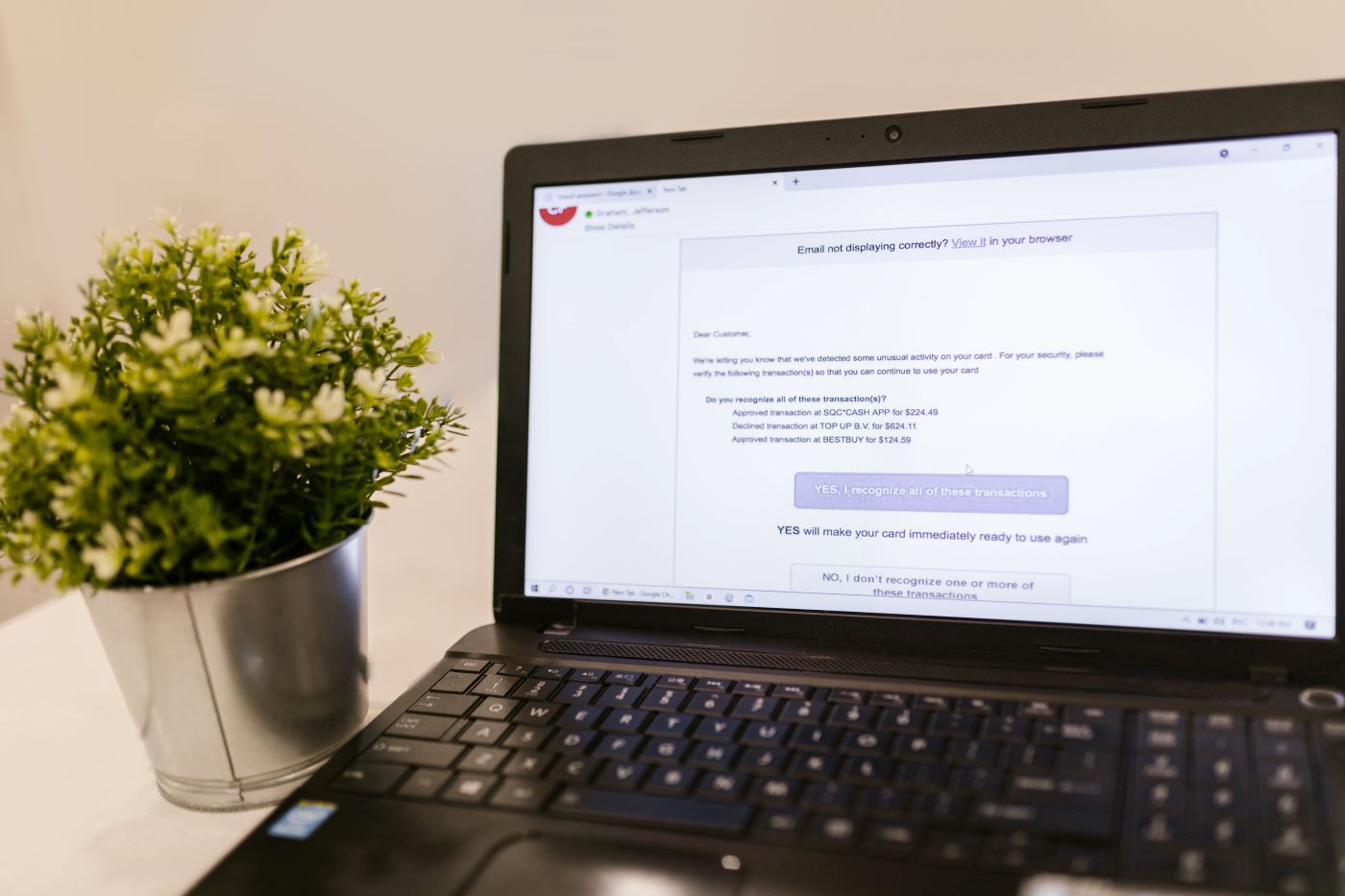Avoiding the Spam Folder: Email Deliverability Best Practices for Manufacturers
January 11, 2024 5 min read

In the manufacturing industry, where business relationships are the bedrock of success, effective communication is crucial. Email remains a cornerstone of business communication, but it faces a significant hurdle: avoiding the dreaded spam folder. The spam folder is like an abyss. Not only is it where your email message goes to die, but if your emails continue to head straight to spam, it could negatively affect your future email deliverability.
For manufacturers whose emails often contain vital product updates, newsletters, and transactional information, ensuring email deliverability is paramount. Here’s a comprehensive guide to help manufacturers navigate the challenges of email deliverability.
Understanding Email Deliverability
Email deliverability is the measure of your company’s ability to send emails that reach the inbox without being flagged as spam or junk. It’s influenced by several factors, including sender reputation, subscriber engagement, and content quality. For manufacturers whose audiences may range from suppliers to distributors, understanding these nuances is critical.
Best Practices for Email Deliverability
Build a Solid Sender Reputation
Your sender reputation is a score assigned by Internet Service Providers (ISPs) based on your email-sending habits. Maintain a good reputation by regularly cleaning your email list, removing unengaged subscribers, and keeping your bounce rates low. Ensure that your emails are consistently branded, coming from a recognized domain that is authenticated using SPF, DKIM, and DMARC protocols.
With Benchmark Email’s Smart Sending feature, you can have unengaged subscribers automatically removed from your email list. Sign up for a free account to access it now.
Secure Consent and Maintain Transparency
Acquire email addresses through legitimate means, ensuring subscribers have explicitly opted in to receive communications from you. Be transparent about the frequency and type of emails they will receive and provide an easy option to opt out. Consent is not only a legal requirement under laws like GDPR but also a best practice for engagement and deliverability.
Craft Relevant and Engaging Content
Tailor your content to meet the needs and interests of your audience. Use segmentation to personalize emails and provide value through informative content like industry insights, product advancements, and practical solutions to common manufacturing challenges. Relevant content drives engagement, which in turn boosts deliverability.
Optimize Email Design and Layout
Create a responsive email design that displays well on all devices. Use a clear and attractive layout, professional images, and a balance of text-to-image ratio to ensure your emails are engaging and accessible. Avoid heavy use of sales language, excessive capitalization, and multiple exclamation points, which can trigger spam filters.
Implement Regular List Hygiene
Monitor your email list’s health by regularly removing invalid or inactive email addresses. This prevents bounces and improves your sender score. Consider re-engagement campaigns for inactive subscribers before deciding to remove them from your list.
Monitor Feedback Loops
A feedback loop is a service provided by many email service providers and Internet Service Providers that sends reports back to senders about emails that are marked as spam by recipients. This helps in identifying and removing users who consider your emails as spam from your mailing list.
Here’s a step-by-step guide on how they can set up feedback loops:
- Identify ISPs and ESPs for Feedback Loops: Different ISPs and ESPs offer their own feedback loop programs. Marketers need to identify which ISPs and ESPs are most relevant to their email list, as their subscribers’ email service providers are the ones who will be providing the feedback.
- Sign Up for Feedback Loops with Each ISP/ESP: Once the relevant ISPs and ESPs are identified, the next step is to apply for their feedback loop programs. This usually involves filling out an application form on the provider’s website. Requirements can vary; some may require you to have a dedicated IP address.
- Authenticate Your Email: To participate in a feedback loop, you often need to authenticate your email with mechanisms like SPF and DKIM. This proves that the email is coming from a legitimate source and not a spammer.
- Process Feedback Loop Reports: After setting up the feedback loop, you will receive reports when recipients mark your email as spam. These reports typically include the email’s header but not the body for privacy reasons.
- Act on the Feedback: The critical part of the feedback loop is acting on the information received. This usually means removing the complainers from your mailing list.
- Monitor and Adjust: Regularly monitor the feedback and adjust your email strategy accordingly. This can include changing your content, frequency of emails, or segmenting your audience better.
- Maintain List Hygiene: Continue to regularly clean your email list to maintain a healthy sender reputation.
- Educate Your Audience: Inform your subscribers about how to properly unsubscribe if they no longer wish to receive your emails. This can reduce the number of spam complaints.
- Stay Informed About Policies: ISPs and ESPs occasionally update their policies and requirements for feedback loops. Stay informed about these changes to ensure continued compliance.
Remember, the goal of setting up feedback loops is not just to avoid spam filters but to genuinely improve the quality and relevance of your email campaigns for your audience.
Respect User Preferences and Privacy
Respect the privacy of your subscribers by not sharing their information without consent and adhering to data protection regulations. Allow subscribers to control their email preferences, which can help reduce spam complaints and increase the relevance of the emails they receive.
Test and Monitor Your Emails
Use A/B testing for subject lines, content, and sending times to determine what works best for your audience. Monitor key metrics like open rates, click-through rates, and spam complaints to guide your email strategy and make necessary adjustments.
Manage Your Sending Frequency
Bombarding your subscribers with too many emails can lead to frustration and an increase in spam complaints. Find a balance in your sending frequency that keeps subscribers informed without overwhelming them.
Educate Your Audience to Whitelist Your Emails
Encourage your subscribers to add your email address to their contacts or whitelist it. This can significantly improve deliverability as it signals to ISPs that your communications are welcomed by the recipient.
For manufacturers, ensuring that emails reach their intended audience is crucial for maintaining relationships and conducting business efficiently. By following these best practices, you can improve your email deliverability and establish a reliable channel of communication with your audience. Always remember, the goal is not just to avoid the spam folder but to provide valuable content that your subscribers are eager to receive. With a focus on quality, relevance, and respect for subscriber preferences, your emails will not only reach the inbox but also enhance your company’s reputation and customer engagement.




